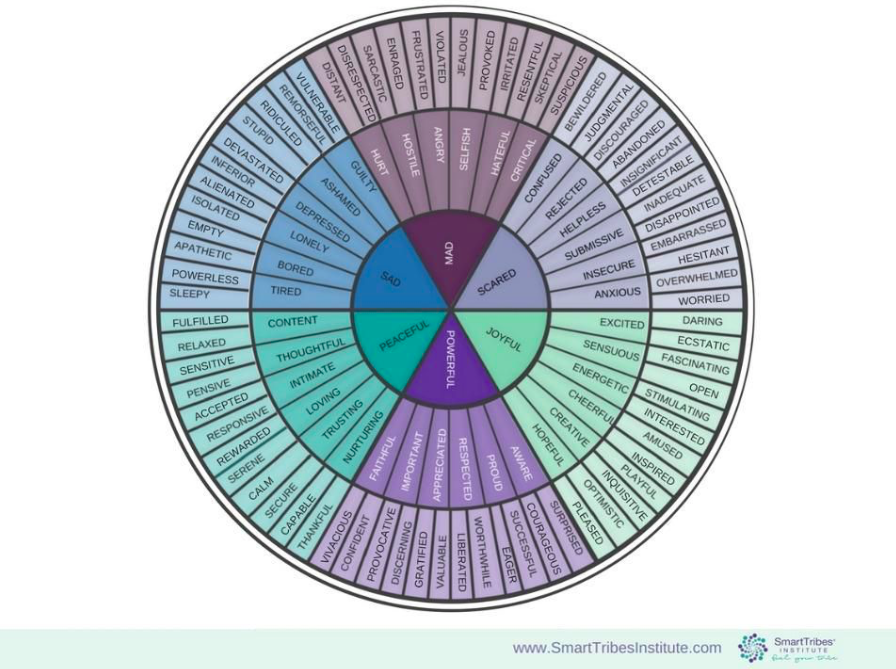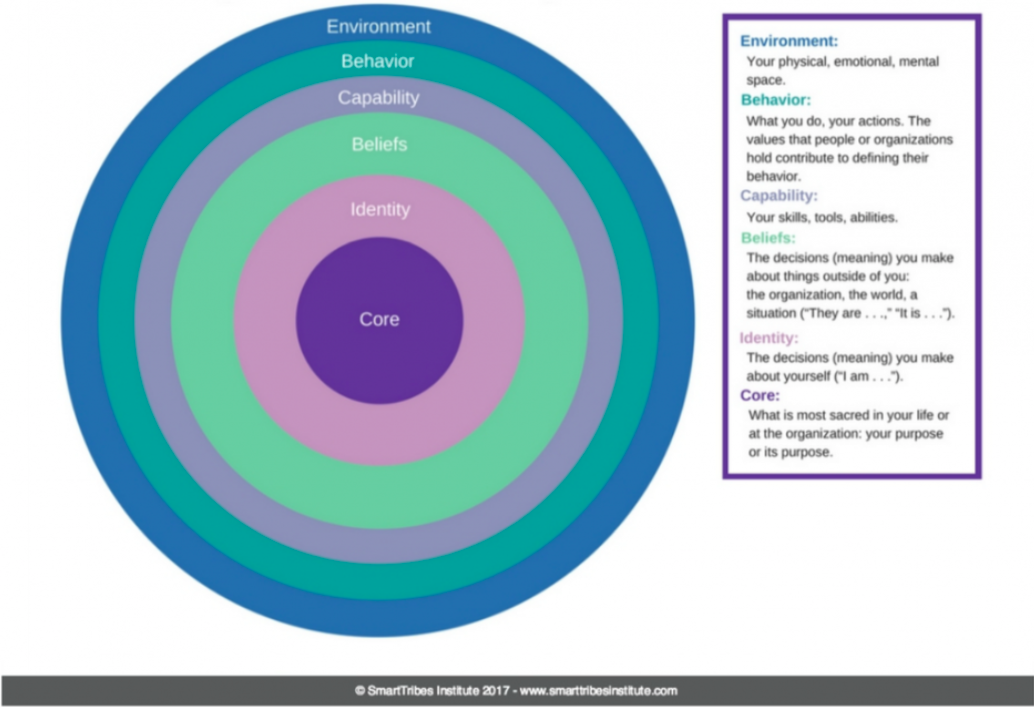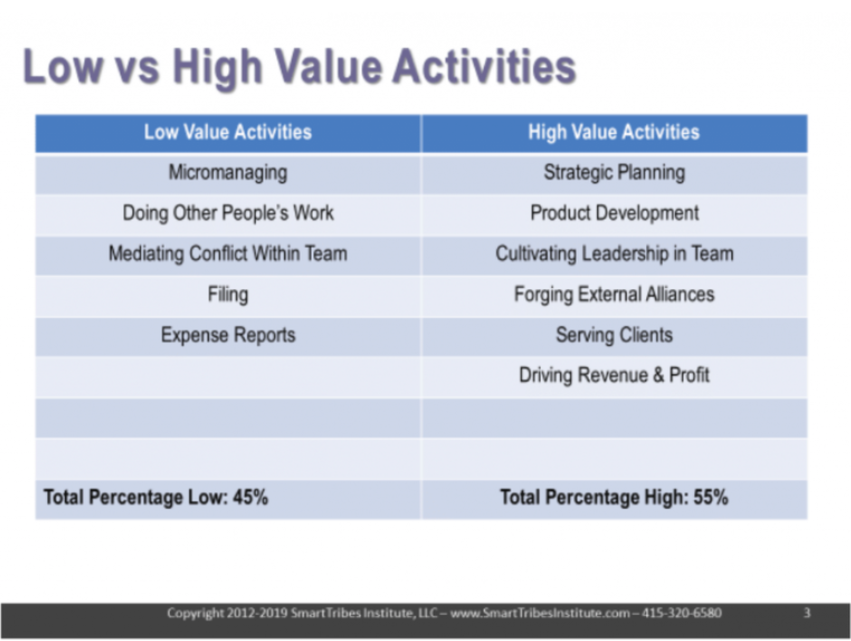

What Keeping Secrets Does to Your Brain
October 21, 2019
Bust Your Leadership Blindspots In 3 Steps
November 5, 2019What creates passion, loyalty, drive, peak performance and even love for one’s organization? Motivation does.
With a clear vision of success, available resources, who they can get mentoring with, you have a motivated employee.
Motivation.
And what creates motivation?
Well, it’s not a quick answer. In this blog, you’ll learn how to unpack the motivators beneath human behavior, to understand why we do what we do, and how to offer alternative behaviors that feel even better than the behaviors a person is currently choosing.
Before we get into tools, here’s a quick refresher on emotional intelligence. This is key because most people could use some work on one–or both–of the below paths.
For example, if a person isn’t very self-aware they may not be receptive to participating in using the below tools—you’ll need to use them on your own, then over time invite them in. If a person isn’t very socially aware, they may struggle with reading social cues or may be too wrapped up in their own experience to notice the impact their behavior has on others. So again, you’ll use the below tools on your own initially.
But first, let’s look at some research.
What Kills Motivation
Richard Clark of USC Center for Cognitive Thinking recently did some research on motivation. Here’s a high level of his findings, and I’ll help you implement them with tools.
The net-net is people lose motivation when they fall into what Clark calls motivation traps. They are:
1) Values Mismatch:
“I don’t care enough to do this” – if the project isn’t tied to something that the person values, they won’t be motivated to do it. Key is to find out what they value (hopefully your projects can be tied to your organization’s emotionally engaging core values that everyone is inspired by!), ensure the project is interesting, help them expand their identity via the project and check in on what they are believing about it.

Humans experience change in the above 6 “levels”. Might your Environment be affecting their motivation? It is conducive to collaboration and communication, as well as bonding and connection? How are the Behaviors of others: are they helpful, supportive, goal-oriented? Do they have the Capabilities, the skills, and tools they need? I’ll jump next to Core, because if the organization’s purpose isn’t compellingyou’ll want to tune it up. In my coaching work, I’ve helped hundreds of organizations create an emotionally engaging mission/purpose and vision in even the most challenging industries. Identity and Beliefs are deeply connected to Core.
2) Lack of Self-Efficacy:
“I don’t think I’m able to do this”– If an employee doesn’t feel they have the capability (either skill set or available time) they will lose motivation. Often confidence is the key factor here, and clarity on the project will help a lot. With a clear spec as to what success will look like, what resources the person has access to, who they can get mentoring/have check-ins with, you can often move past this de-motivator. Also making priorities and energy allocation clear with a High Value/Low-Value process will help a great deal. These tools will help:
- HVA (High Value Activities) = tasks you are energized by, tap into your strengths, may be challenging but feel good to do, are how you add the most leverage to the company
- LVA (Low Value Activities) = tasks you know you should ditch, delegate, defer as they don’t bring great value to your organization (and they are draining, boring, something you’re not good at) or tasks you must do but need to move through them effectively
- Notice the total for both columns equals 100% (this represents their time at work).

Then help the person to prioritize or ditch, delegate, defer or reframe tasks/projects to get them re-motivated.
Next, you may have some identity work to do. Again, go back to the Logical Levels graphic and note in our book Power Your Tribe we unpack identity in great detail. See number 4 below for another tool to help here.
3) Disruptive Emotions:
“I’m too upset to do this” – This is where emotional resilience comes in. Since humans are highly emotional beings it’s essential that we all become more aware of our own and the emotions of others. If someone is snared by anxiety or depression or even good old fight/flight/freeze, it’s essential that we use these tools:
Emotion Wheel
– find out how they’re feeling.

Meta Model
– ask “what specifically is [the emotion they named] about this?”
Outcome Frame – and now ask them what they’d like, and if a lengthy Outcome Frame is inappropriate or would take too long (you’ll need 15 mins), do some quick Reframing.
The goal is to help the person get back into their Smart State so they have more behavioral choice and emotional resilience.
4) Attribution Errors:
“I don’t know what went wrong with this” – When something goes wrong and we can’t figure out why it’s deeply unsettling. This is where Quarterly or Monthly Business Reviews, project post mortems, and feedback help us understand the people, process, tools challenges that may have occurred. Also when we feel we can’t complete a task or succeed, due to an outside force. This is when it’s key to unpack what the person is believing (there we go again with beliefs!) so we can help the person get back in motion. I find attribution errors often are connected to Organismic Rights.
Here’s a quick summary:
We all have 5 basic rights as human beings:
1-The Right to Exist
2-The Right to Have Needs
3-The Right to Take Action
4-The Right to Have Consequences for Our Actions
5-The Right to Love and Be Loved
For an infographic on Org Rights, click here STI Organismic Rights.
Please start back here and all will be good:
Once we understand which Organismic Right(s) the person is struggling with, we can help them increase it to build more confidence in themselves, to feel better, to have more self-awareness and self-compassion.
Here’s a quick summary and click on my blog on this topic if you want to learn more: STI Organismic Rights
Once we understand which Organismic Right(s) the person is struggling with, we can help them increase it to build more confidence in themselves, to feel better, to have more self-awareness and self-compassion.
The Net-Net:
- Clark found there are 4 “Motivation Traps” in the workplace
- The great news is there are brain-based tools that will help you and your team get out of these traps
- Use the above tools to re-boot motivation for yourself and others
- Key to helping someone exit these traps is to understand their emotional experience and beliefs
What will you do to motivate someone today?





